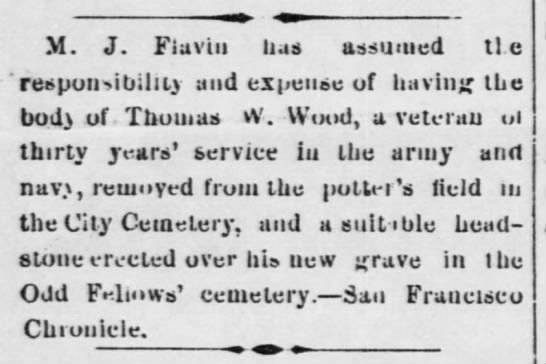My book “San Francisco’s Forgotten Cemeteries: A Buried History” just celebrated its first birthday on August 28. It’s full of so much information and trivia about the city, but I learned many more things that I had to leave out because they didn’t have anything to do with burying the dead. Here are a few of those discoveries.
1. The Bay-side waterfront looked very different before the 1850s
Before San Francisco’s first civil engineers began sculpting the eastern shoreline of San Francisco, downtown, North Beach and South Beach looked very different. This map from the David Rumsey collection shows what the shoreline looked like at the time, along with the imagined blocks that would go in once the Bay was filled. In many spots, the Bay reached most of the way to Montgomery Street, which is now half a mile from the waterfront. This is why there are so many ships buried beneath the streets of downtown SF — about 40, experts estimate.
2. Downtown was full of sand dunes
An 1853 map of San Francisco, showing large dunes along Market Street, especially near Second and Third streets. Courtesy of the David Rumsey map collection.
If you know what downtown San Francisco looked like when settlers arrived, it’s mind-boggling that it ever became an urban center. It was wet, swampy, and riddled with massive sand hills. The design of today’s Market Street was hampered by a number of sand dunes, particularly a 60-foot dune where the Palace Hotel is now (at the intersection with New Montgomery), and a second dune nearly 90 feet tall near Market and Third, about 100 feet away. Between 1852 and 1873, the sand was slowly removed and used to fill several spots along the waterfront, bringing the Bay shoreline closer to what it looks like today.
3. There was a lagoon south of Fort Mason where people did their laundry
An 1857 map showing the Washerwoman’s Lagoon. North is to the right, while south is left; the land marked as “San Jose” is Point San Jose, now the location of Forth Mason. Courtesy of the David Rumsey map collection.
The first time I saw the Washerwoman’s Lagoon on a map of 1850s San Francisco, I was baffled. I didn’t know if this was a cute nickname or a reflection of a real practice in Gold Rush-era SF. Turns out, it’s the latter. Apparently, it started when some Chinese residents established a laundry business at the lake near today’s Gough and Greenwich streets. Before long, others were taking advantage of the free water and “they would make a Sunday outing of it, taking their families and their picnic lunches and, in wheelbarrows and dump carts, their washing. After scrubbing and rinsing it down by the shore, they would hang it on the chaparral to dry, and then that night would take it home and iron it,” according to FoundSF.
This is, in fact, how Laguna Street got its name. And just a block or so south of the lagoon was the city’s first Jewish Cemetery (between Franklin and Gough, Green and Broadway).
4. There was an actual peat bog near 7th and Mission
An 1852 U.S. Coastal Survey Map of San Francisco, from downtown to Mission Bay (on right). Mission Plank Road is the long diagonal that clips the edge of the swampy wetlands at today’s 7th and Mission. Courtesy of the David Rumsey map collection, by way of FoundSF.
We might associate peat bogs with Scotland and Ireland, but San Francisco had one of its own, which complicated plans to build a wooden road from downtown to the Mission District in the 1850s. They decided to build a bridge on pilings to get across the bog, but “the first pile, forty feet long, at the first blow of the pile driver sank out of sight, indicating that there was no bottom within forty feet to support a bridge. One pile having disappeared, the contractor hoisted another immediately over the first and in two blows drove the second down beyond the reach of the hammer … there was no foundation within eighty feet,” according to J.S. Hittell’s “History of the City of San Francisco and Incidentally of the State of California.” This and other swampy areas in the city were “forty to eighty feet deep, covered by a crust of peat moss eight or ten feet thick.” Read the whole, wild account of trying to build the Mission plank road here.













